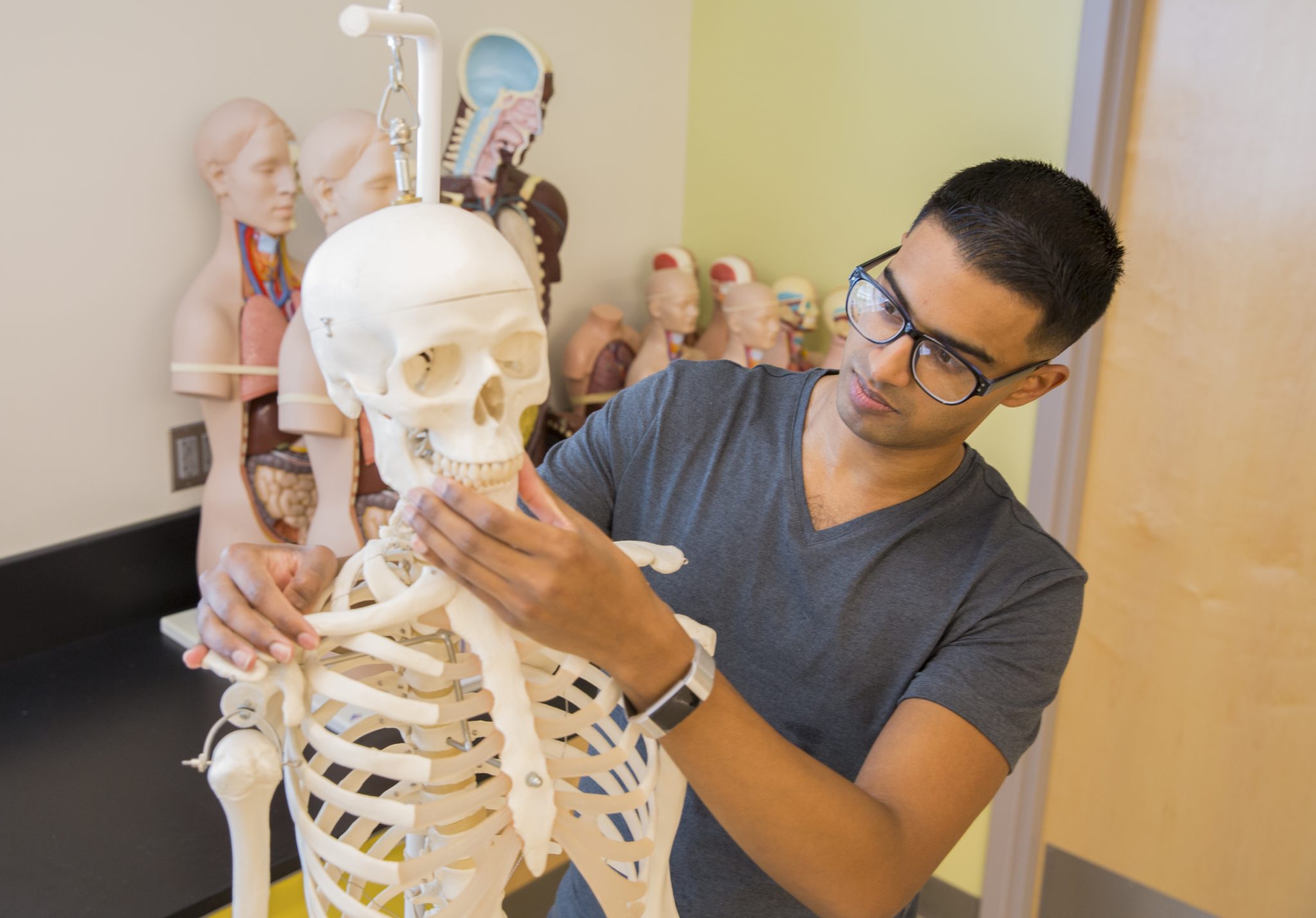By Anupa Sharma, DO
If you are age 50 or older, you could be at risk for breaking a bone and not even know it.
That’s because osteoporosis, a condition that makes a person’s bones weak and more likely to break, is typically a silent disease with few symptoms – until a break occurs.
Don’t wait for that to happen.
Talk to your doctor now about your risk for osteoporosis and how to keep your bones healthy so that you can prevent breaks later.
10 Million Americans
Osteoporosis occurs when there is an imbalance in the body’s normal process of bone development.
Normally, bone is constantly breaking down and rebuilding, but when the breakdown of bone occurs faster than the rebuilding, bones can become weak and brittle, making them more prone to fractures.
Osteoporosis often goes undetected until a fracture, which is a break in a bone, occurs.
Approximately 10 million Americans have osteoporosis and another 44 million have low bone density, putting them at increased risk, according to the National Bone Health and Osteoporosis Foundation.
This means that half of all adults aged 50 and older are at risk for breaking a bone and should be concerned about bone health.
Women at Greatest Risk
Though men can develop osteoporosis (and are typically under-screened) women are at greatest risk.
In fact, for women, the incidence of osteoporosis is greater than that of heart attack, stroke, and breast cancer combined, according to the National Bone Health and Osteoporosis Foundation.
The most common cause of osteoporosis is low levels of the hormone estrogen, which plays an important role in building and maintaining your bones.
After menopause, your ovaries produce very little estrogen, putting women at risk for bone disease.
The U.S. Department of Health and Human Services Office on Women’s Health reports that some women will lose up to 25% of bone mass in the first 10 years after menopause.
Other risk factors include:
- Normal aging
- Being confined to a bed (or prolonged immobility)
- Rheumatoid arthritis, chronic kidney disease, and eating disorders
- Certain medications such as anti-seizure medications and long term use of corticosteroid medications, such as prednisone or methylprednisolone
- Hyperparathyroidism
- Alcohol abuse
- Smoking
- Vitamin D deficiency
Fracture Often First Sign
There are no symptoms in the early stages of osteoporosis and often the first sign is a fracture. People with osteoporosis can break a bone from a minor fall, or in severe cases, even from simple actions like sneezing or bumping into furniture.
Other late-stage symptoms include:
- Loss of height (as little as two inches) over time
- Low back pain due to fractures of the vertebrae
- Neck pain due to fractures of the vertebrae
- Stooped posture or kyphosis, also called a “dowager’s hump”
Bone Density Test
To diagnose osteoporosis, your doctor will typically perform a bone mineral density test to assess the strength or weakness of your bones. The most commonly used density test, which is similar to an X-ray, is called a DXA scan. The scan measures the bone mineral density in your hip and lumbar spine and compares it to the bone mineral density of a healthy young adult to give you a “T-score.”
- A T-score between +1 and -1 is considered normal or healthy.
- A T-score between -1 and -2.5 indicates you have low bone mass.
- A T score of -2.5 or lower indicates that you have osteoporosis.
The U.S. Preventative Services Task Force recommends that all women aged 65 and older should have a bone mineral density test. Postmenopausal women who are younger than age 65 and at increased risk for osteoporosis should also be tested.
Treating and Preventing
If you are diagnosed with osteoporosis, your doctor will likely prescribe medication that can slow — and in some cases even reverse — bone loss. In addition, your doctor may suggest getting more calcium, vitamin D, and physical activity.
When selecting an osteoporosis medication, be sure to talk with your doctor about the risks and benefits to find an option that is right for you. To monitor the effects of the medication, your doctor will typically recommend repeating the DXA screening at least every two years.
To help slow the natural bone loss that comes with aging and prevent osteoporosis, the U.S. Department of Health and Human Services Office of Women’s Health recommends the following:
- Get enough calcium and vitamin D each day. It’s best to get the calcium your body needs from food. However, if you don’t get enough from the foods you eat, you may want to talk to your doctor about a calcium supplement.
- Get active. Choose weight-bearing physical activities to build and strengthen your bones.
- Don’t smoke.
- If you drink alcohol, drink in moderation. For women, this is one drink a day at most. (For men, it is no more than two drinks a day, according to the Centers for Disease Control and Prevention.) Too much alcohol can harm your bones.
- Talk to your doctor about whether you need medicine to prevent bone loss.
The Osteoporosis Program at Penn Medicine Princeton Medical Center is designed to increase awareness and provide education on the importance of early diagnosis and treatment of osteoporosis. In addition, the program aims to prevent future fractures through services including DXA scan testing, physical and occupational therapy, nutrition counseling, pain management, fall risk assessment and fall prevention, and home safety education.
To learn more about the Penn Medicine Princeton Health Osteoporosis Program call 609-853-7965 or visit www.princetonhcs.org.
Anupa Sharma, DO, is board certified in endocrinology, diabetes, and metabolism. She is a member of the medical staff at Penn Medicine Princeton Health.

